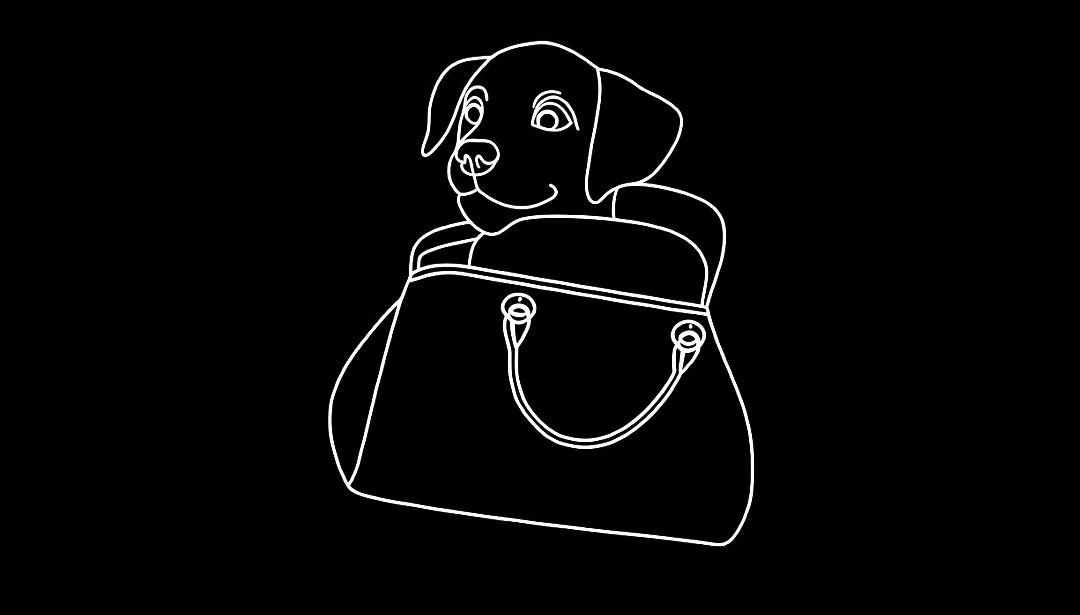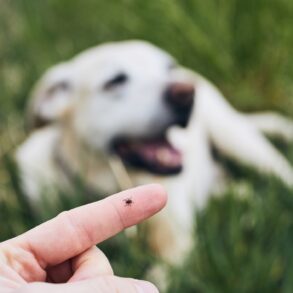Dogs are natural carnivores, but if you have ethical or environmental concerns about meat-based dog food, a vegan diet is a viable option for your pet.
Scientists at the Technical University of Berlin have calculated that the carbon footprint of a 15-kilogram meat-eating dog over the course of 13 years of life is 8.2 tonnes. In addition to excrement, it is mainly the animal feed that pollutes the environment.
A plant-based diet can make a significant improvement to the environmental balance of your four-legged friend. But will your dog like it? And is it healthy?
Advertisement
Advertisement
We spoke to Lisa Kainz from the animal protection organization PETA, who has some tips on how to help your dog successfully switch to a balanced, healthy, plant-based diet.
1: Take it slowly
The dog’s intestines must be able to adapt to the composition of its new food, so let your pet become accustomed to the new diet slowly.
The plant-based portion is best increased day by day over a two week period until the transition is complete. Your dog may produce more faeces in the first few weeks, but that’s nothing to worry about.
2: Find out what tastes good
All dogs are different, so it makes sense to try a variety of plant-based food and to vary the consistency of the meal. Some dogs prefer their food pureed, others like slightly coarser pieces. Dogs can absorb almost all nutrients through plants – including protein, which can be found in cooked lentils and peas, for example. They also like wholemeal pasta, potatoes and rice.
3: Fruit, vegetables, nuts, herbs
The classics are apples and carrots – but beetroot, spinach, pumpkin, bananas and berries are also popular with our four-legged friends. For energy, nuts, seeds and sprouts such as alfalfa, quinoa or radishes can be easily grown at home and mixed into your dog’s food.
Advertisement
Advertisement
Hazelnuts, walnuts, and seeds from sunflowers, pumpkins and linseeds provide valuable nutrients. Nuts are also an excellent snack, but be careful: macadamia nuts are toxic to dogs, and you should also avoid almonds.
Herbal plants such as dandelion, stinging nettle or parsley can be pureed and added to the food in small quantities. Dogs also enjoy nibbling on carrots and raw sweet potatoes from time to time. Soft chewing roots are a good alternative to classic chewing bones.
4: Nutritional supplements and ready meals
Your pet’s homemade food must be enriched with a dietary supplement for vegan dog nutrition to avoid the risk of deficiencies.
Advertisement
Advertisement
If you don’t feel confident preparing meals yourself, you can opt for ready-made foods. Specialist shops and online stores offer a wide range of purely plant-based complete foods and treats.
If you are unsure whether your pet can tolerate certain foods, for example due to previous illnesses or allergies, you should seek advice from a vet beforehand. Size, weight and other individual factors play a role in ideal food composition.
This post was originally published on this site be sure to check out more of their content.






































